Top 15 Best Online Course Platform (2022): Compared & Reviewed
Introduction
Over the years, technology has advanced and the internet is growing to such extents that it’s impossible to not be doing anything on it. We seek help from the internet for the tiniest things. Using Google to ask and explore, YouTube to entertain, and Netflix to chill. The Internet can be a very addicting place.
Despite it pulling you towards it, it may seem like a waste of time but you can always benefit from it as well. Learning or gaining knowledge is the best thing you can do over the internet and there is no doubt about this. There are so many options and such creative content easily available all over the internet that it is more beneficial than educational institutes. The thing about the digital era is that it just becomes easy and the easier it becomes, the lazier we become. But then there’s also the internet to take care of that, with educational workout videos and apps anyone can lead a healthy life if they have the will to of course.
Best Online Platform For Learning
Having read all that, you need to know that there are plenty of online platforms available. But obviously, you need the best and authentic ones. Ensuring that the platform you are enrolling in provides you the best material out there, here are the 15 best online platforms that have plenty of courses and have taught so many people.
Now we will dig deeper into the 15 best online course platform:
1. Coursera
Coursera was started in 2012 by Daphne Koller and Andrew Ng and their main motive was to provide the best and the easiest way of learning to learners all around the world. They have succeeded so far with Coursera as now it ranks among the top 5 best online learning platforms offering degrees from leading universities like Michigan, Stanford, and Duke.
You can join free and have:
- Main courses where you need to pay a nominal amount monthly and it takes 4-6 weeks to complete.
- Specialization courses have more serious coursework, tougher projects, and real business challenges because they’re for gaining expertise in a particular career.
- Degree programs are university-based courses that take 1-3 years to complete.
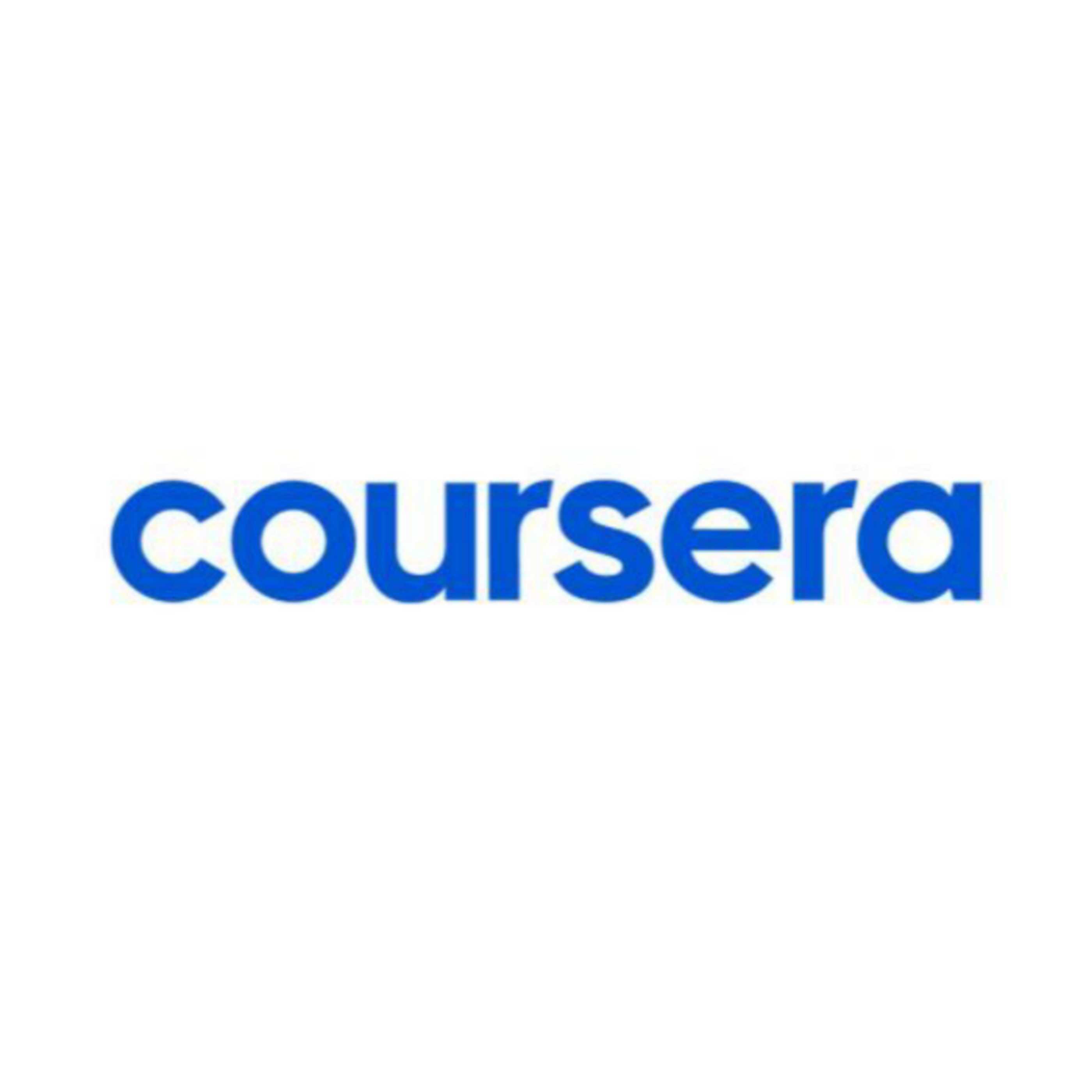
Pros
Cons
2. Thinkific
Thinkific is another popular platform which can solve all your online course problems. They have user-friendly features, marketing tools, and membership site interaction tools for creation and sale of online courses. Thinkific operates with robust 24/7 customer support for technical difficulties.
To start creating courses on Thinkific, you need to sign up first. They have a one-month free trial on their pro plan. This plan gives you the ability to create unlimited courses and you can even generate high sales by reaching a higher audience from the start.
Other features included are landing pages, marketing tools, memberships, and other advanced pricing options.
After you’re done with signing up and choosing your membership plan, the next step is to create and customize the course with the drag and drop editor provided by Thinkific.
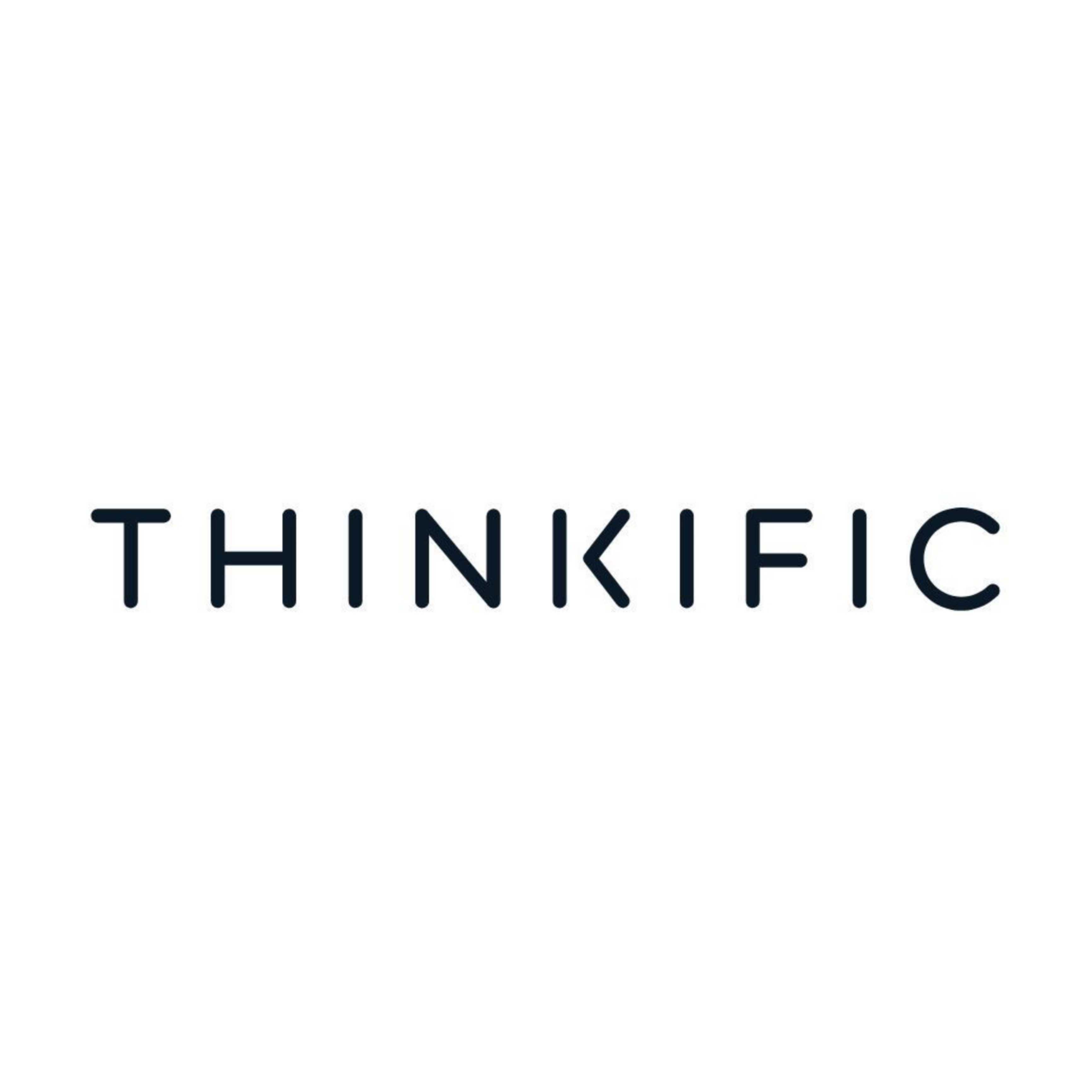
After adding the course comes the task of building the course site. The high-quality and well-designed templates provided on the website make this process easy and seamless.
The only thing left to do now is to market the courses with the advanced business tools provided by Thinkific.
Thinkific can be integrated with over 1,500 different apps by using Zapier without a WordPress plugin. High potential users can be targeted through email by hooking up with your email provided.
Pros
Cons
3. edX
The online learning platform is a non-profit platform that aims to provide education to everyone by removing the barriers of cost, location and access.
The goal of edX is to increase the quality of education and enhance the process of teaching and learning.
edX has over 3000 online courses that are available from 160 institutions. The company was founded by two scientists from Harvard and MIT.
The company works alongside reputed educational institutes to provide university-level professional courses. edX offers exclusive services for high school and it is partnered with huge corporations like Microsoft.

The courses available on edX aren’t like the courses available on other websites where freelancing individuals create and upload their content.
On edX, the courses provided are the same courses which are parallel taught in universities. For example, the machine learning course available on edX is the standard course taught in Caltech.
To create a course on edX, your organization needs to be registered with edX. Unaffiliated institutes cannot upload courses on edX.
To gain access to courses on edX as a student, you just need to enroll in them. Certifications for completing those courses need to be paid for.
Pros
Cons
4. LearnWorlds
LearnWorlds is a well-established platform for online courses. It is amongst the better-rated platforms of 2020. However, if you’re looking for a free experience, then you should look somewhere else.
The platform is filled with features like questionnaires, tests, and other engaging elements to keep the learning process more interactive.
For people who want to create courses on this website, the website offers a bunch of tools, to begin with. It provides beautiful custom landing pages and sales pages creation for the courses.
The library provides hundreds of templates to choose from to build your course site landing page. Other pages like About, Pricing, etc have their separate templates.The theme editor can be used to customize the color scheme and branding with minimal coding knowledge.

After setting up the feel of your website, their pre-made catalogs can be used to add interactive content like video players, online tests, etc.
Students also benefit from this customer approach.
Marketing tools provided let you use a full custom domain and white-label your content. LearnWorlds aids in the creation of a custom mobile app for your course. With social media integrations and optimized analytics, marketing the course becomes very easy and very effective.
Pros
Cons
Linkedin Learning, formerly known as Lynda, is an online learning platform for professionals. The courses are provided by industry experts with real-world experience.
With a vast library of over 16,000 courses, Linkedin Learning offers solutions to a variety of problems and shortcomings.
The dedicated team at Linkedin Learning creates over 50 courses a week, hence increasing the already deep repertoire of courses.
The courses created on Linkedin Learning are data-driven. Linkedin Learning uses data from over 760 million Linkedin users [as of December 2020] to gather information about the changing demands of the soft and hard skills necessary in the industry.
This way, they can tailor their courses accordingly.

Linkedin also takes care of the production quality of its content with best-in-class visuals, sound, and graphics to keep the process of learning engaging.
Linkedin Learning is not just used by freelancers or individuals. The high scope of this platform is pushing the boundaries of traditional learning and companies are using the services of Linkedin Learning to increase the skills and engagement of their workers.
The platform has a very clean and interactive interface and is available across multiple devices. They have professional courses available on topics related to business, technology, and other creative content.
Pros
Cons
General Assembly is an online learning platform that offers learning in the form of Bootcamp courses.
General Assembly offers courses in mobile development, data science, digital marketing, product management, web development, and much more.
It is considered one of the best education companies from Fast Company.
It has over 30 campuses in North America, Europe, Asia, and Australia that offer full-time as well as part-time courses that have been built and tested to make the learning experience interactive and efficient.
The courses offer the development of trending skills that follow industry standards. The courses can be self-paced too.
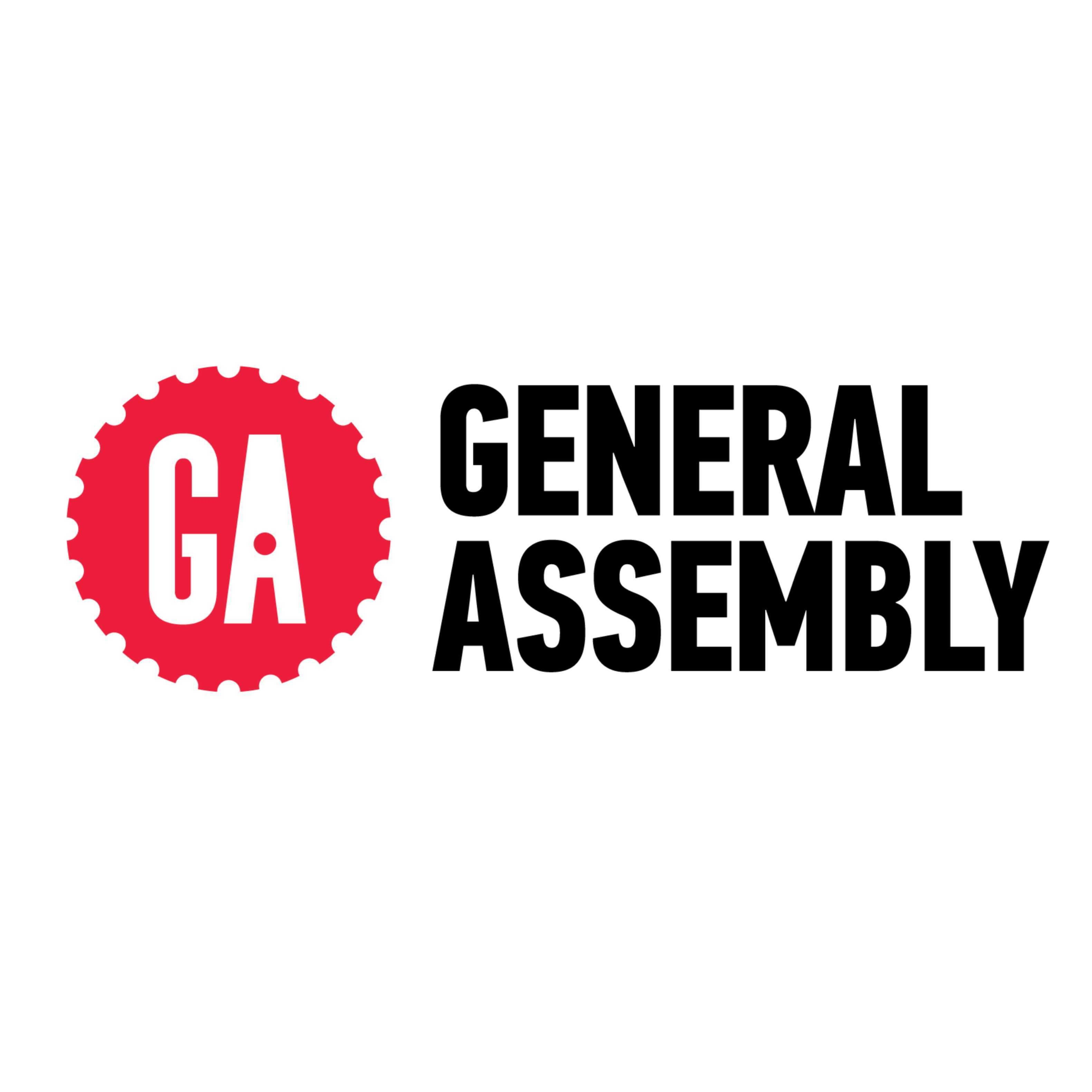
General Assembly courses usually cost you somewhere between $206 to $3950, but the courses are worth it. But the relief is you can avail multiple financing options including Deferred Tuition, Upfront Payments, Month-to-month Installments, and Income share agreement (ISA).
A lot of financing options, like loans and scholarships, also aid in enrolling in these courses.
The admission process of these courses is different from other platforms where you just pay to enroll in a course. In the General Assembly, your admission process depends on the experience that you have. The application process is fairly easy and takes less than seven days to be finished.
Pros
Cons
7. Teachable
Teachable is an exciting online learning platform for both creators and consumers of the online courses. The website offers an easy and hassle-free solution for building courses online. Over 68000 instructors have made over $338 million by selling their courses on Teachable.
The course creation mechanism on the website is pretty simple. Clicking on the ‘+’ icon allows you to create a new course in which you first set up the name and then proceed to add files. The interface of the website is pretty straightforward with minimal design and intuitive aesthetics.
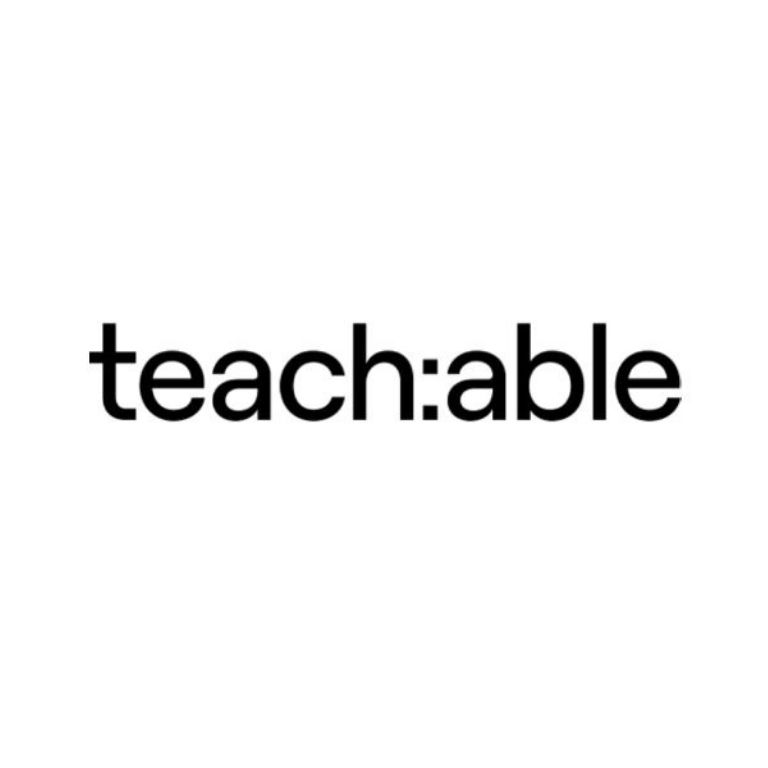
It is one of the most advanced platforms with jam-packed features that make learning easier for everyone. Teachable offers a fully optimized website on different platforms like PC and mobile for easy access. There is no limit to the number of courses or students that a user can have and there is no extra charge.
The inbuilt marketing tools help in improving sales of your courses and Teachable also offers in-house hosting so you don’t have to worry about integration. Other features are graded quizzes, content dripping, forms, website builder, etc.
Pros
Cons
8. Kajabi
Kajabi is an online learning platform whose hallmark is to be a complete solution for all your needs. While other companies boast about being a complete solution, Kajabi is one.
Their platform has helped over 16,000 businesses in generating a revenue of about $60 million by 2020. While their basic plan is a bit expensive at $149 a month, there are a lot of features that come bundled with that plan.
One of the highlights is that you do not require coding to make your courses online.
You can create a fully functioning website using the website builder offered by the platform without any external help of designers or developers. The platform offers customization with pre-built themes.
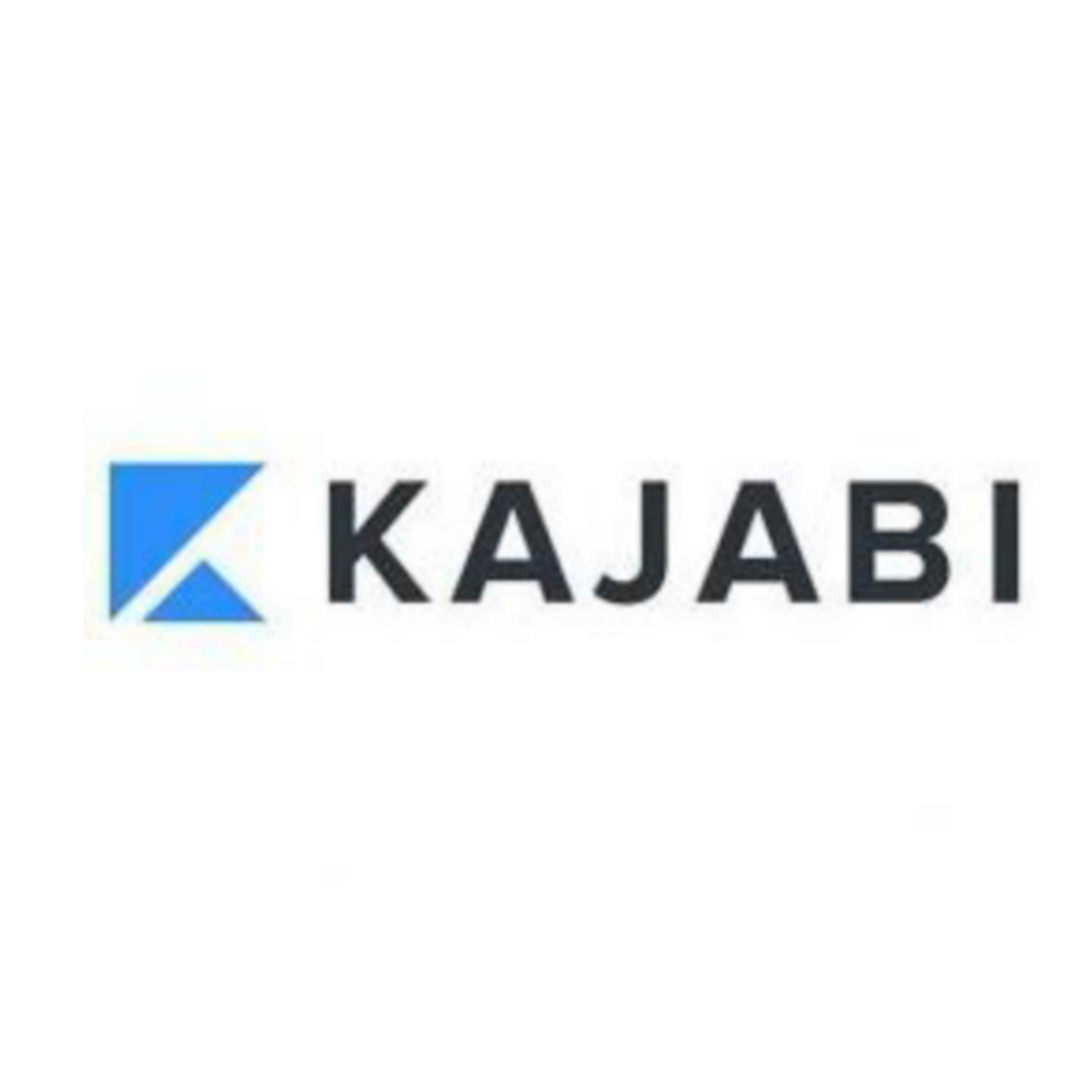
You also get a CRM software that would generally cost a lot of bucks totally free with Kajabi. This allows a user to manage his customer base more efficiently while building stronger connections. The CRM software allows you to gain better insights into your user base to fine-tune your courses for better results. It also allows you to assess the changes you have made.
Sending targeted emails to potential customers, setting up coupons and product assessment, you can automate all such activities. This allows for faster service and better organization.
Pros
Cons
9. Alison
Alison is an online learning platform that offers a lot of free courses. With over 2000 courses and 18 million learners worldwide, it is a well-established platform.
The platform offers courses based on categories like IT, tech, health, humanities, etc. It offers certified courses as well as diploma courses.
The courses offered on Alison are usually well rated. Users' experiences claim that these courses are fairly useful in gaining new skills. However, these courses should be considered micro-courses as they are not serious enough to be considered long term prospects for professional learning.
The website is user friendly and very easy to use.
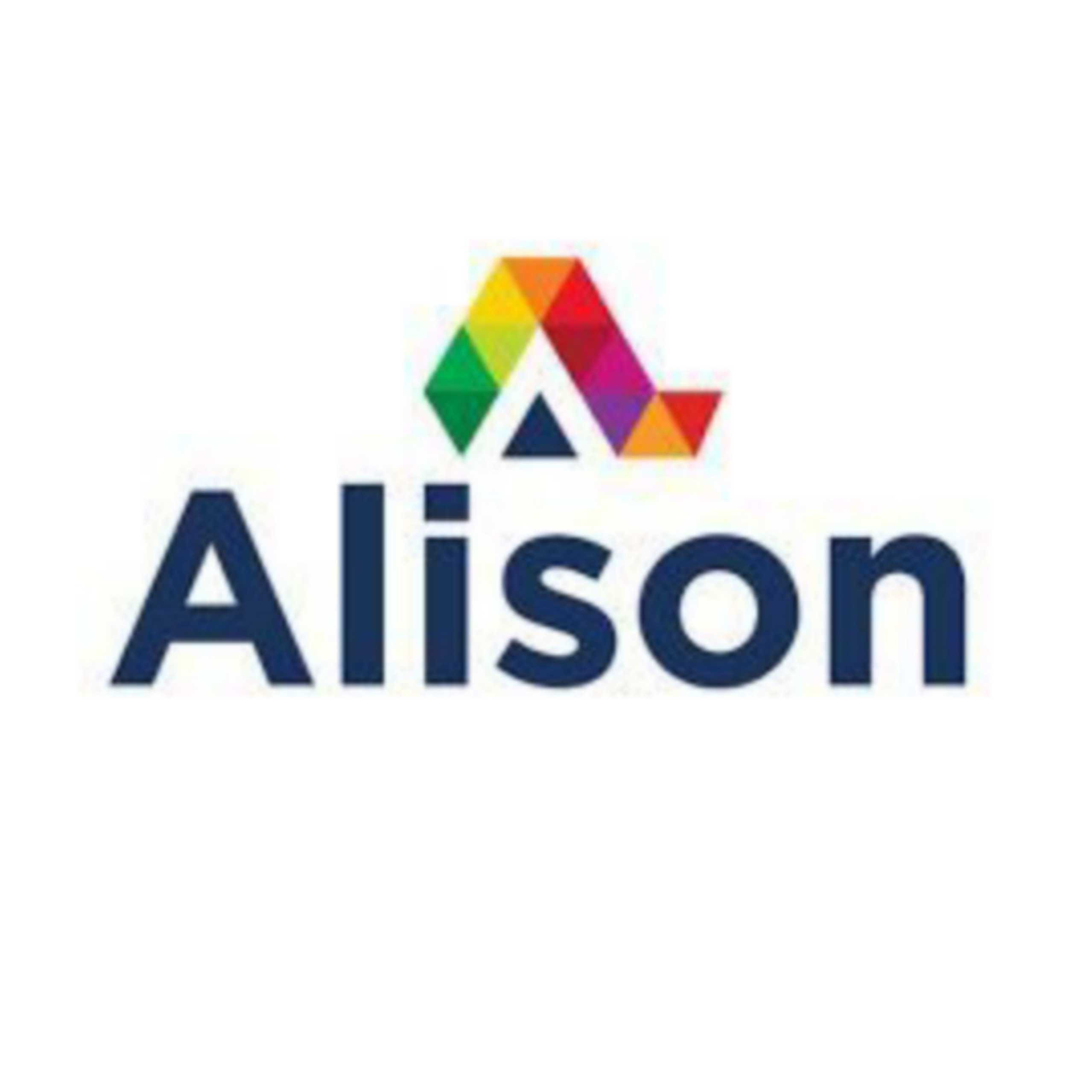

Pros
Cons
10. Stanford Online
Stanford Online is an extension of the well-reputed University of Stanford. They offer professional university-level courses through this online platform.
You can choose from different kinds of courses ranging from graduate courses, professional certificates, advanced degrees, free content, and much more.
Stanford Online offers an opportunity for students to engage and interact with the faculty, industry, and learners of Stanford University through an online platform.
Courses are offered on different subjects like humanities, arts, technology, and science. The certifications of these courses are as valid as graduating from the university itself.
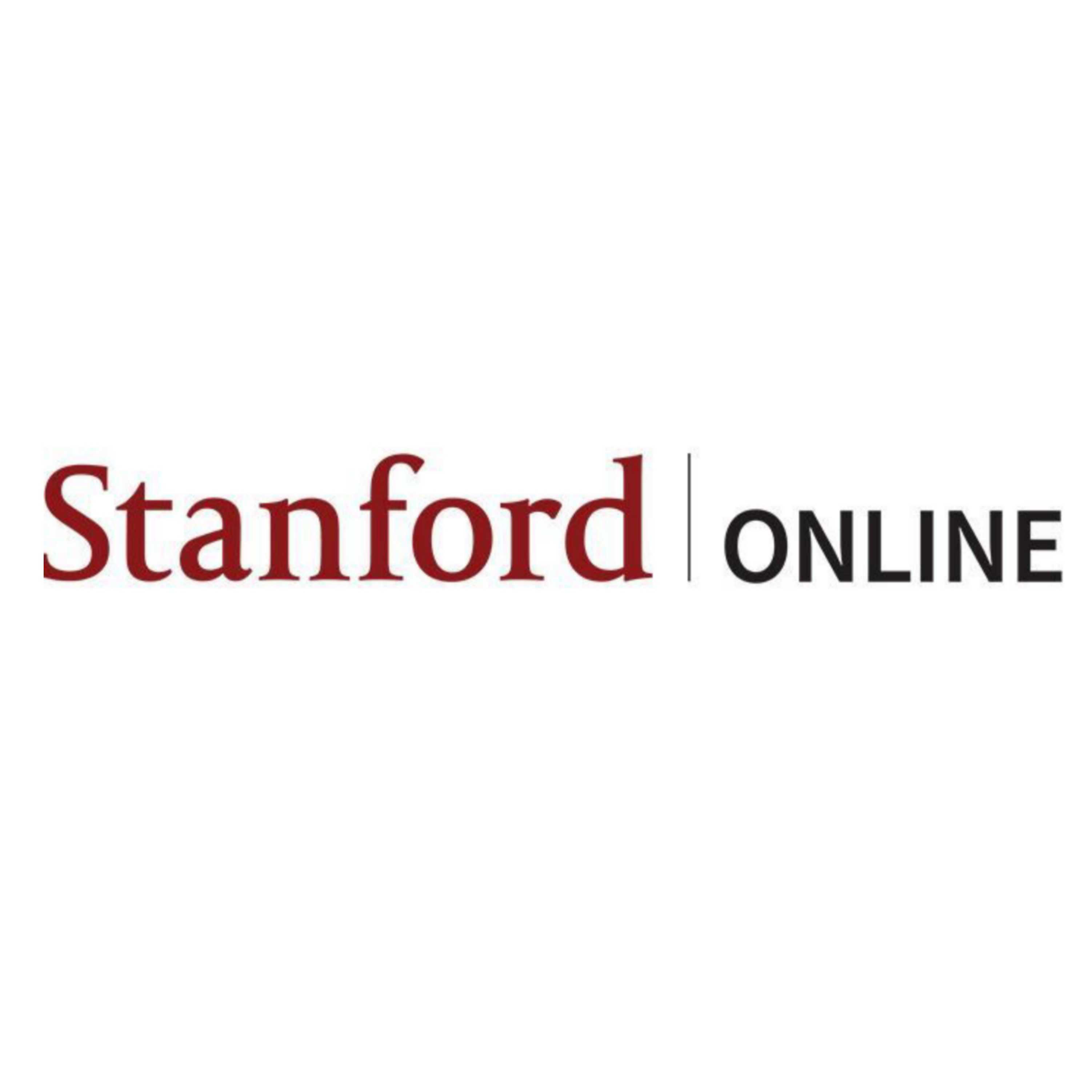
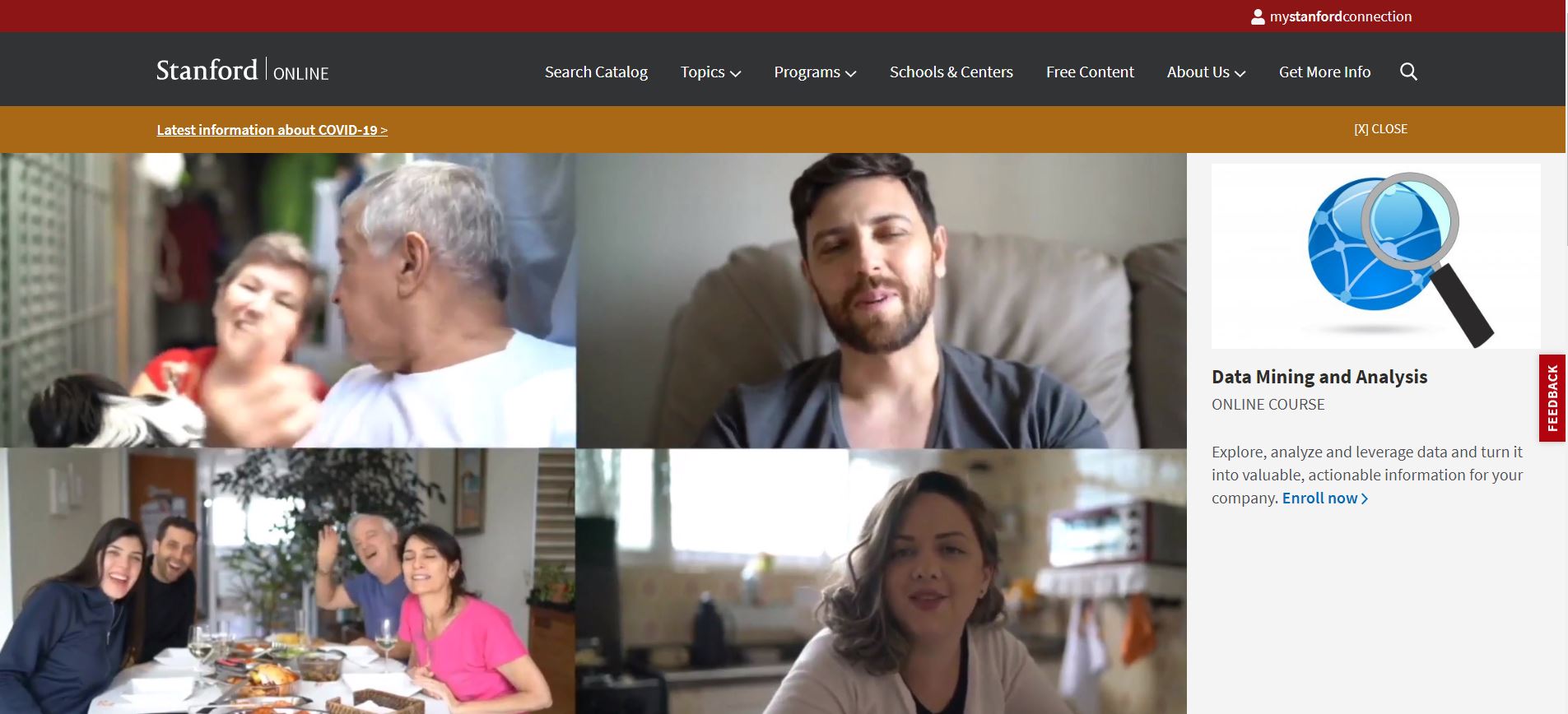
Stanford Online is a great way to gain knowledge, skills, and affiliation with Stanford.
The pricing of the courses vary from $495-$995.
Pros
Cons
11. LearnDash
LearnDash is an online learning platform that aims to get your courses online with minimal hassle.
The platform integrates with WordPress which gives it an advantage over other platforms since the process of creating a website for the course becomes seamless and easy with this integration.
Other websites using LearnDash are Yoast, WP Elevation, and University of Michigan.
The platform is built around active learning through quizzes and assessments of students.
Hence, the features included in the platform try to enhance that experience. ‘The Focus’ mode blocks out all distractions when a student is going through a course to maximize output.
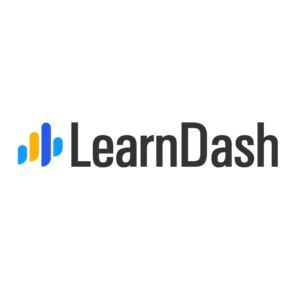
Their ‘Gradebook Technology’ grades students based on their quiz and homework scores, to generate a weighted average that the instructors can review. Award points for actions, certificates, and badges are some other features of LearnDash.
LearnDash provides a college-level grading experience and has a 30-day money-back guarantee on their annual plan.
Pros
Cons
12. Ruzuku
Ruzuku, often called ‘the ridiculously easy course editor’ is an online platform for building courses and helping the online learning community grow.
The process of creating courses has been made easy with their simplistic yet informative tools. Create a course, edit or reorder it, and launch your course to generate sales with minimal steps in a very efficient fashion.
The community at Ruzuku is very helpful. Providing content support and encouragement for new users and veterans alike, you can rate the community as the desirable one.
Payment gateways like PayPal and Stripe make the process of transferring money quite convenient. Ruzuku does not charge any transaction fees.

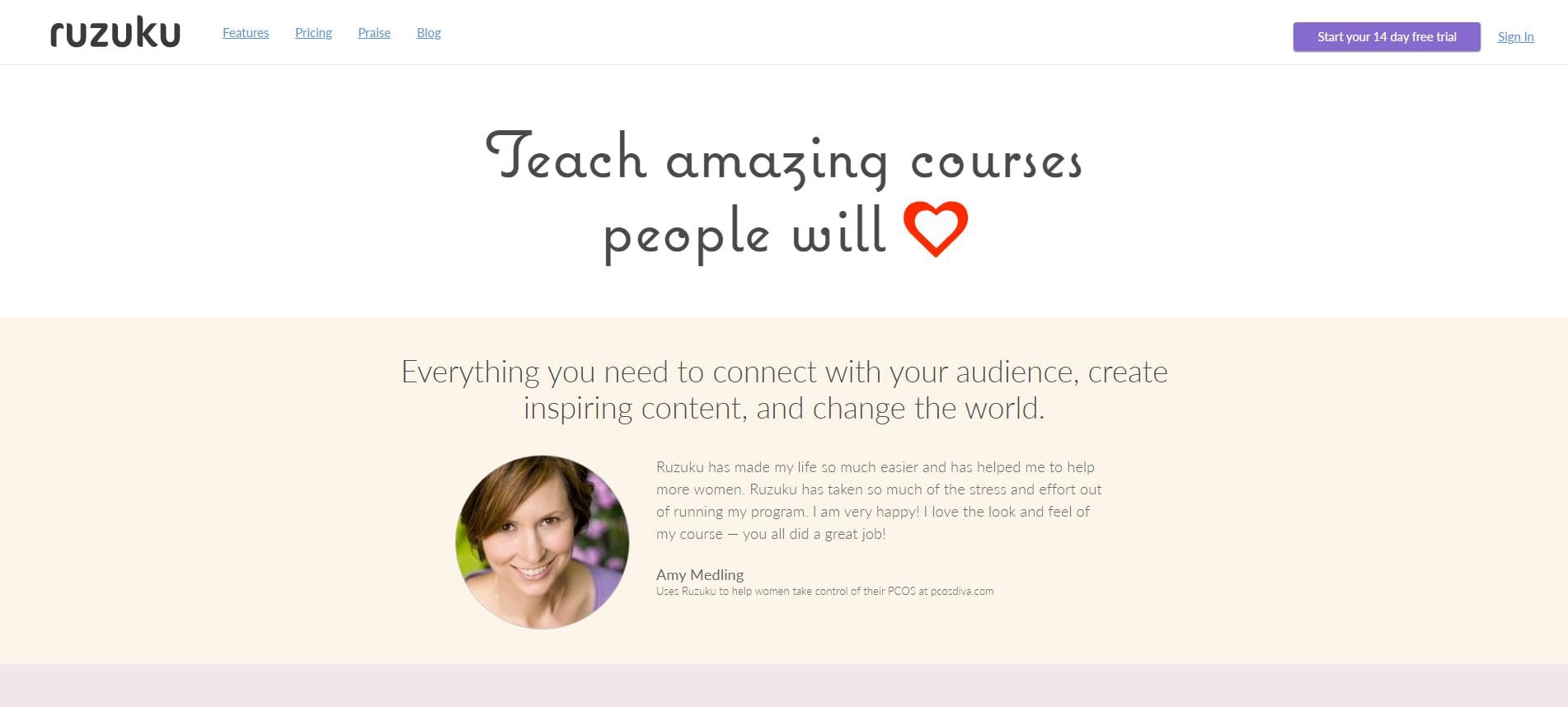
Other features of the platform include coupon customization based on course type, mail announcements, daily backups, multiple price points for each course, student’s ability to post images and videos and PDFs as a response, etc.
All the paid plans offer unlimited courses to unlimited students.
Pros
Cons
13. Udemy
Udemy is one of the largest popular online learning platforms in the market.
With an instructor base of over 35000 and a whopping 24 million students, the course count is off the charts with over 80,000 courses available on all kinds of topics.
The process of creating courses on Udemy is straightforward. You need to sign up and apply for a premium membership to become an instructor.
Every course needs to be at least 30 minutes long with at least 5 lectures.
The courses created on Udemy have huge marketing potential.

The marketing features on Udemy allow a user to promote the classes using site-wide discounts, marketing emails, or through affiliate programs with specific commission rates.
Udemy is a free to use platform and only charges transaction fees.
It charges 3% of the revenue share made through instructor coupons. It charges 50% of the revenue share from students that found your courses through organic searches and 75% of transaction fees on transactions made through paid marketing.
For students, the platform is a real-world mega library of content. With over 80,000 courses and frequent discounts, the probability of finding the right course for you is very high. Also, the competition on the platform forces instructors to churn out better competitive content which is a big bonus for the students enrolled on the platform.
Pros
Cons
14. Podia
This is the place if you want to create and sell online courses. Over 11,000 users have taken up Podia courses and turned their passion into income.
It is known for its easy downloads and great webinars. It’s quite simple with their three-step process and your course is up and ready to go!
It teaches its students all the quality content and everything it takes to market and sell memberships, courses, and digital downloads to your audience.
The backend handles all the integration and complicated parts of maintaining the system, this eliminates the need for all technical knowledge like coding, programming, etc.
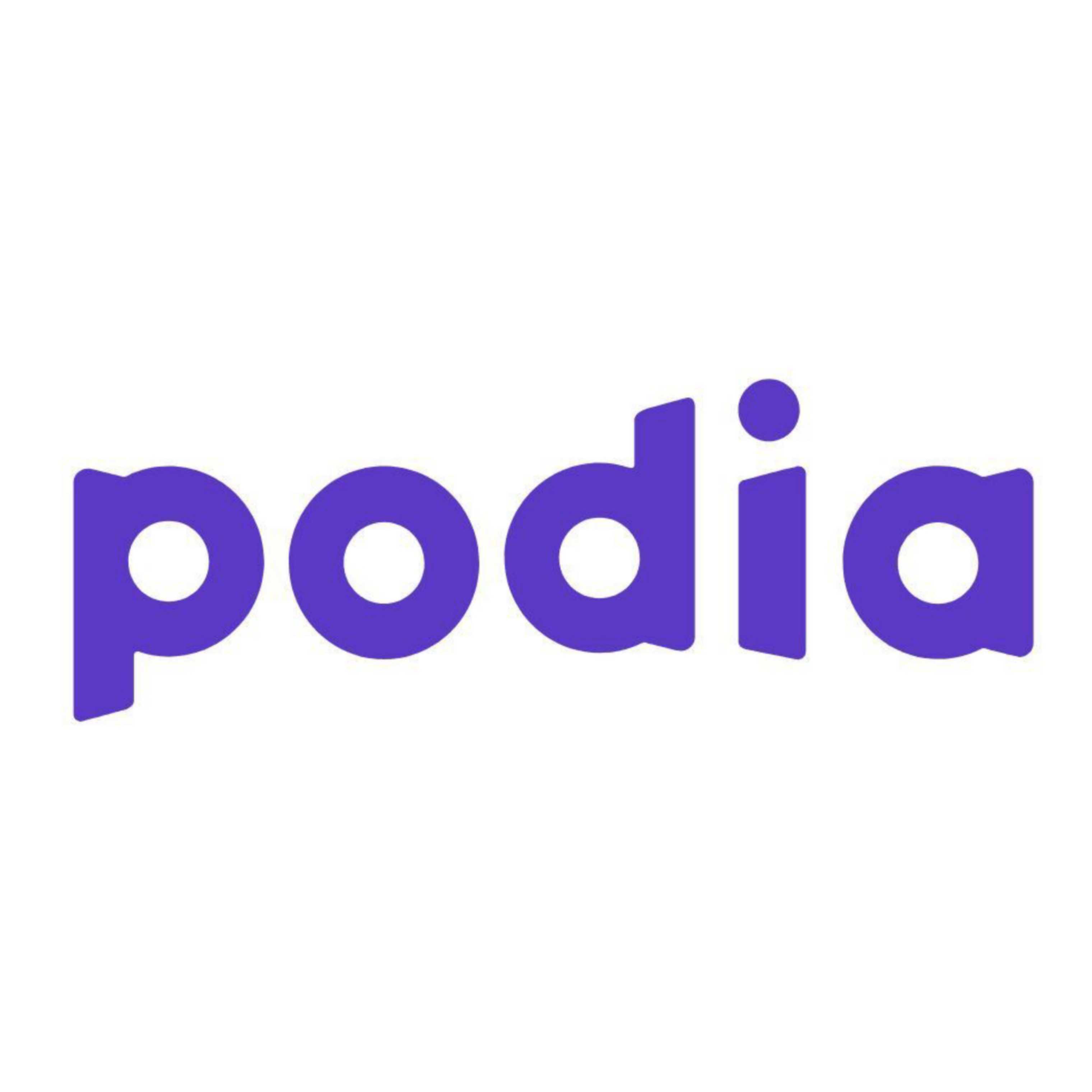
All you are left to do is upload your digital content. They focus on building your content rather than a website first, which is why so many people have succeeded after enrolling in Podia. For starters, Podia charges $39 per month and the packages go upto $79.
Pros
Cons
15. Shaw Academy
Shaw Academy is an online platform for all kinds of professionals. From hobbyists to professionals to entrepreneurs, the platform provides courses to fulfil everyone's needs.
Once you sign up, you get access to their long-form courses. These courses can be accessed anywhere anytime. With its easy-to-understand interface, the platform makes the process of learning intuitive and easy.
The courses are free for the first month after you sign up. After that, the monthly plan starts at $49.99 per month.
The courses offered on the platform are highly professional and up to the industry standards.

Pros
Cons
What is an Online Course?
Now one such thing that made learning easy and upgraded the knowledge base of the audience at large, are online courses. Online courses have taken over the internet in recent times and trust me, they have no match now. Just like a digital classroom, where the teacher might send video lectures or start a conference call explaining and providing information through the internet, online courses have created their evident place in the e-learning marketplace. Here, everything is managed through the internet, be it learning, assessments or even certification. There are two types of online courses:
- Paid: You attend these courses and pay in instalments or whole. You’ll have to pay to get the certificates every time, which are provided after you are done with the course. Whether you want to get a certificate or not is completely your choice.
- Unpaid: These courses are free and issue certificates too which you have to pay for. Unpaid courses can also be demo courses or a free monthly trial. Either way, there are plenty of online course platforms that offer plenty of free courses.
Most places probably won’t ask for certificates, which are document proof that you have qualified for certain courses. But if you are applying for a job they can come in pretty handy, plus online certificates are way cheaper than the traditional certifications in degrees like masters or bachelors.
Online courses are beneficial especially for times like these. The pandemic has given a crazy growth spurt to online classes. Even before the pandemic, in 2019 the tech investments including online courses was reaching 18.66 billion US$. Now, it is estimated to be 350 billion US$ by 2025. This explains how much it has impacted people.
Who came up with the idea of online courses?
Even though the internet is a recent invention and has been around for almost 3 decades, online learning is not. Well, it isn’t exactly “online” learning that was happening in the 1840s but it was learning over a distance which pretty much sums up online learning. So, here is the story of how people were able to learn without the internet, over long distances.
In the 1840s a teacher named Isaac Pitman taught his students shorthand through the mail. Yes! It was an amazing idea that got us here. He mailed them work and assignments to be done over a certain period and they learned from this by completing them and sending the finished work to him by a similar process. His students were usually journalists and among those who needed to practice writing fast.
Then the first learning machine was invented in 1924 by Sidney L. Pressey. It was set in a way that it moved when students got their answers right in the multiple-choice questionnaire. The multiple-choice questionnaire was provided by the machine. This way of learning was proven to be successful and students did gain information and were able to prepare themselves for tests. Tests did suggest that learning was taking place.
Later, Norman Crowder developed Pressey’s learning machine idea.
30 years later B.F Skinner, a professor at Harvard, created a learning machine called the GLIDER. He created it for a broad range of age groups like from preschoolers to adults. This machine worked on programmed instructions. It had the following features.
- The pace of learning could be adjusted according to the student’s choice and what suited them best.
- The material that was present was innovative, original, logical, and varied.
- It provided systematic, automatic, speedy reinforcement.
- The machine didn’t need to use unresponsive control.
These developments caught students’ attention and they were more interested, attentive, and the learning was efficient.
In the 1960s a computer-based teaching program, known as PLATO- Programmed Logic for Automated Teaching Operations, was invented by Donald Bitzer and a team of a lot of other people. This was designed, built, and used in the University of Illinois and by the 1970s was run in a lot of other educational institutes all over the world. A lot of features that still exist today were included in this like
- Online testing
- Chat rooms
- Instant messaging
- E-mails
- Screen sharing
And a lot more.
The PLATO system ran for decades and wasn’t shut down until 2006.
The actual online learning system started in Great Britain in the 1970s as it became more interactive there. They started taking full advantage of emails and were able to deliver knowledge faster and students were able to gain a lot of educational experiences through it.
Then after the introduction of MAC in the 1980s and the online schools in the 1990s, the digital educational era emerged. The technology developed in such ways that helped improve online teaching and kept increasing and gaining popularity to this day.
Benefits of Online Education
If you are considering learning something through online courses or want to finish your degree online, then you may have to consider going through the advantages and disadvantages. It is not just helpful but also important to know about what you’re doing. Here are some main advantages:
1. Lower costs: Online education is relatively cheaper than the traditional methods of education. You don’t have to pay to sustain housing charges that can be up to 10,000 to 12,000 US$. Transportation fees are also cut off leaving you with a lot of savings. Even though you need to pay to get certificates, some people may not feel the need to take them. There are plenty of people who enrol in certain courses just because they want to be knowledgeable about a certain topic, because of their passion or interest. It doesn’t always have to be about a job, so in these cases, a certificate isn’t that important.
2. No travel time: It’s quite simple and logical that online courses don’t require travel and transportation. This may seem like a little thing, right? Who minds a little outdoor air? But it’s not always about outdoor air, driving, or changing buses, it is about the problems that may arise due to transport. For instance, you have to get to a class of this very important course or have an exam and you are stuck in traffic, what if you need bed rest because you are cold? See, this is where online classes come in handy. You can just grab your laptop or your phone and just attend the class without a problem.
3. Being in the comfort of your home: Another advantage is that you don’t have to sit among a crowd. This might not seem like a big deal but when thinking about it, it can decrease a lot of stress. According to the Strada-Gallup 2020 Education Consumer survey, 60% of African Americans (Ages 18-65) were confident about attending online classes compared to Whites, Asians, and Latinos. This may be because most of the time they are the only ones who are black and may be experiencing stereotyping, microaggression, and some sort of racial discrimination in the classroom. There also could be some people who just find crowds and all that noise stressful and unhealthy. So, being away from the crowd is beneficial this way.
4. Sense of responsibility: When you are enrolled in an online class, you have to do work on your own. No one is going to keep tabs on your work progress, no one is going to push you towards getting work done faster and no one is going to remind you of the deadlines or exams coming up. Everything is your responsibility, this may seem too much but actually, it’s not. This actually will fix your schedule if anything and makes you this self-motivated, hard-working, punctual, and disciplined individual that improves your way of living. This will also look great on your resume!
5. Flexible timing: Another great advantage of online classes is that you are in control of all the work. You can adjust it on your own to match your schedule. You don’t need to set your entire routine to match the classes. This also means that you can work on something extra like new hobbies, learn new languages, take up another course, or just focus on your job. After the course ends you will have mastered a couple of other things too. This just increases productivity and is a great way to go on in life.
Limitations of Online Courses
Everything has both pros and cons. And apart from benefits, limitations are important to consider too. They are often excluded when making a decision when in fact they are helpful. Here are the main limitations of online learning:
- More work
Online courses usually require more work compared to traditional classes. A lot more assignments, tests, reading, modules are given because everything is done online and they need to be sure that you have mastered their courses. This means students spend a lot of time and effort in proving their knowledge. 10-15 hours a week is considered a normal amount to be spent working for online classes.
- No Face-to-face Interaction
Unless you are already working, you won’t be having many “classmates” to hang out with. It is always good to have people who belong to the same field around to discuss exam strategies and stuff related to what you’re studying in person. Most of the time, when you feel demotivated your mates may help by discussing work, thus increasing motivation. Since everything is done online you may find yourself craving for someone around to talk about certain topics or just rant but in person. This may also prevent you from the possibility of expanding your social circle.
- Hard to get motivated
Even though you are controlling the whole thing yourself, it may not always be for the best. We tend to lose motivation from time to time and we need someone to push us to work. Even then, going out to a certain place and studying with certain people can be a little refreshing which online classes don’t have. This could disrupt the schedule and might be hectic to keep working all by yourself and lead to procrastination more often. If you are doing an online course for a degree, then it may get hard keeping up with so many assignments and meeting the deadlines every day. A lot of responsibilities and a lot of pushing yourself are involved.
Even though these limitations seem too much, exercise, going out every week, planning small trips, and having a healthy lifestyle may fix all this.
Conclusion
To wrap this up, online courses are a great choice depending on the kind of person you are. They save time but they take a lot of effort as well in any sort of involvement. So, if you are someone who doesn’t mind being busy and has a passion for learning, there is no reason to back off. If you feel like sticking to traditional ways is better because you don’t want to spend too much time on the screen, we would suggest you to stick to traditional ways. But personally, with a healthy lifestyle and a committed schedule, online courses are a great way to go.
Waking up early in the morning, going for a jog, having a healthy protein-filled breakfast, starting work, taking breaks, having a healthy lunch, meditating once a day, working out, and reading a book before sleeping can definitely improve your lifestyle. Going out on little adventures and planning small trips is refreshing and relaxing too.
For those who are working, the online class time is adjustable, so working while listening to a podcast or watching a video lecture might be a great way to start.
Technology has evolved in such a way that people have plenty of options to choose from to relax. Of course, I can’t expect everyone to follow this path as some wouldn’t mind sticking to the old ways.
Now, 15 is a great number but still you might get confused when ask to choose the best one, so here are the 3 best online courses which you can refer as my favorite: Thinkific, Coursera, and edX. Hope this article helped in choosing the best course for you. Happy Learning!!
